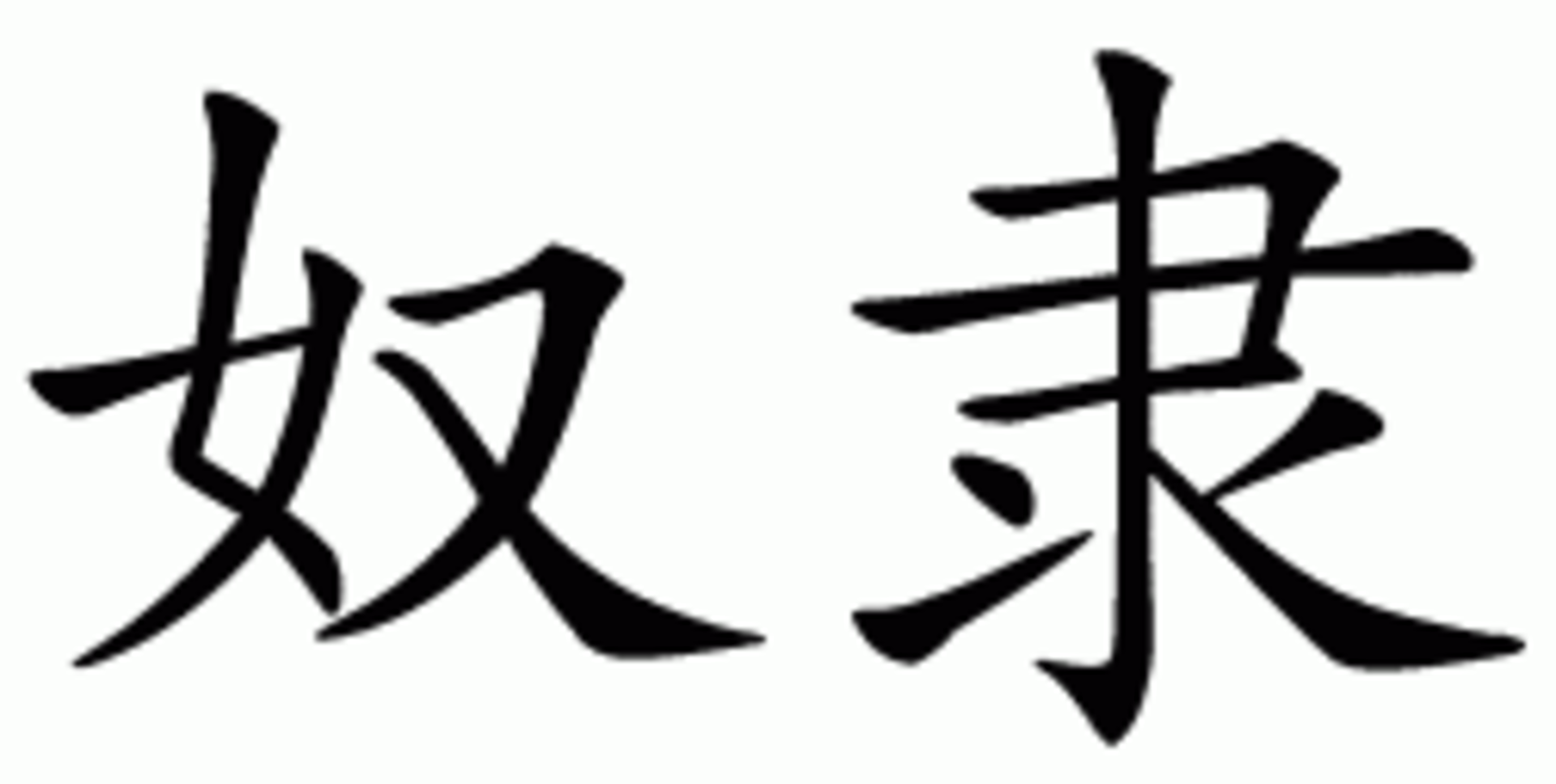

called home what is now Southern China and Northern Vietnam carved tattoos into their skin to protect themselves from sea monsters. The Baiyue (百越) fishermen who around 200 B.C.Tracking back to the traditions of indigenous people, we give you a few fine examples: The Ancient Yue people (古越人): The Baiyue (百越). Pigmentation and protection - always, in all ways - walked hand in hand. Yue Fei (岳飛), a Han-Chinese military general during the Southern Song Dynasty (1127-1279) bore a tattoo on his back which read “尽忠报国: Serve the country with the utmost loyalty.” A number of staple samplings include the native Wu people (吴人) who lived in the southern area of today’s Jiangsu Province and Guo Wei (郭威), temple name Taizu (太祖), a man known as the “Tattooed Emperor” in the Later Zhou during the period of Five Dynasties and Ten Kingdoms (907-960). 王制)”, a passage stating that the Yí (夷) people inhabiting the eastern parts of the nation and the Mán (蛮) people residing in China’s southern regions sport tattoos.The earliest records of Chinese tattoo art can be found in the “ Book of Rites - Royal Regulations (礼记 刺青 (cìqīng), 文身 (wénshēn), 镂身 (lòushēn), 扎青 (zhāqīng), 点青 (diǎnqīng) and 雕青 (diāoqīng) are just a smattering of auxiliaries referencing the art of inking found across different historical records. In Ancient China, tattoo art was called 涅 (niè) which means “to dye black”. That is now, so let’s turn back time a little and take a peek at the “then”… Courtesy of Taiwan Today Pigmentation And ProtectionĬhina in the 21st Century has one reigning Chairman when it comes to the art of body inking: Tattoo Man Liu Ming - as seen in the featured image. As the ancient Dai proverb goes, “men’s legs should be decorated if they want to be called men.” Meanwhile in the Middle Kingdom, numerous terms have been recovered, each and every one referring to this type of manmade body art. The word “tattoo” itself is a loanword from the Polynesian word “tatau”, meaning ‘to write’.” Thank you, Milady Merriam-Webster. British Explorer Captain James Cook introduced the term to Europe after his Polynesian travels in the late 18th Century. And that was the pre-tattoo machine era, mind you. Having walked the globe during what experts assume to have been the Bronze Age, Ötzi features a total 61 tattoos on the knees, ankles and belly. In the unofficial Temper logs, true to the art of radiocarbon dating, we shall go with the former, a frozen body - better known as the Tyrolean Iceman Ötzi - found on an alpine glacier. Other than a few textual records of tattoo tradition, the only direct archeological proof we have of its earliest existence thus far remains imprinted on preserved human skin.Īs to who exactly deserves to win the honorary title of “Tattoo’s Founding Father”, that officially continues to be a neck-and-neck race between two men found in the Alps and South America, respectively. The tradition of cherishing indelible marks on the body is found across time and even continents - with the exception of that one located in the far south on the world map, Antarctica.
#CHINESE SYMBOL FOR FEMALE SLAVE FREE#
Courtesy of Free Tattoo Designs Needle Pricksįirst things first: To kick things off, we touch upon the skin of “Tattoo’s” great-great-great-…grandfather.


 0 kommentar(er)
0 kommentar(er)
